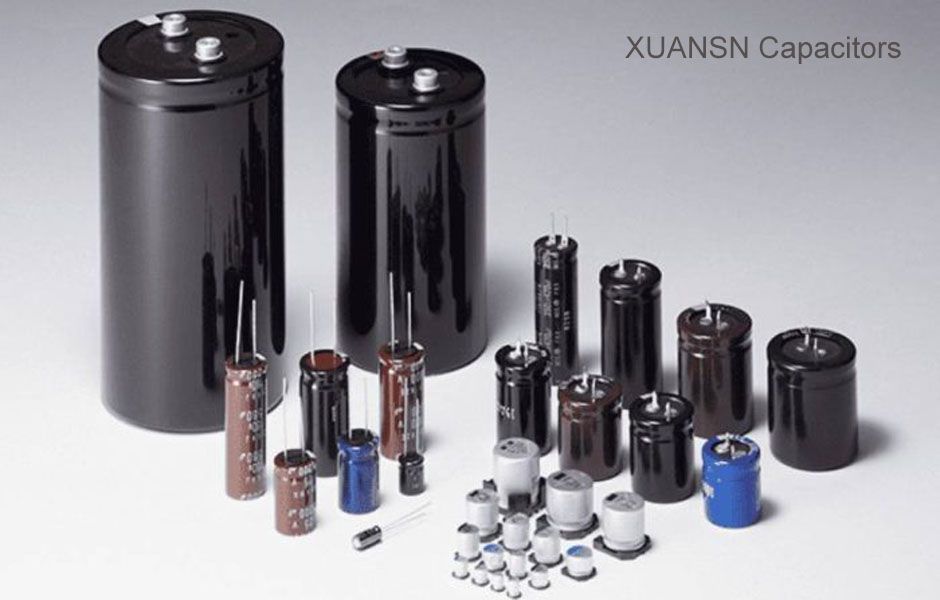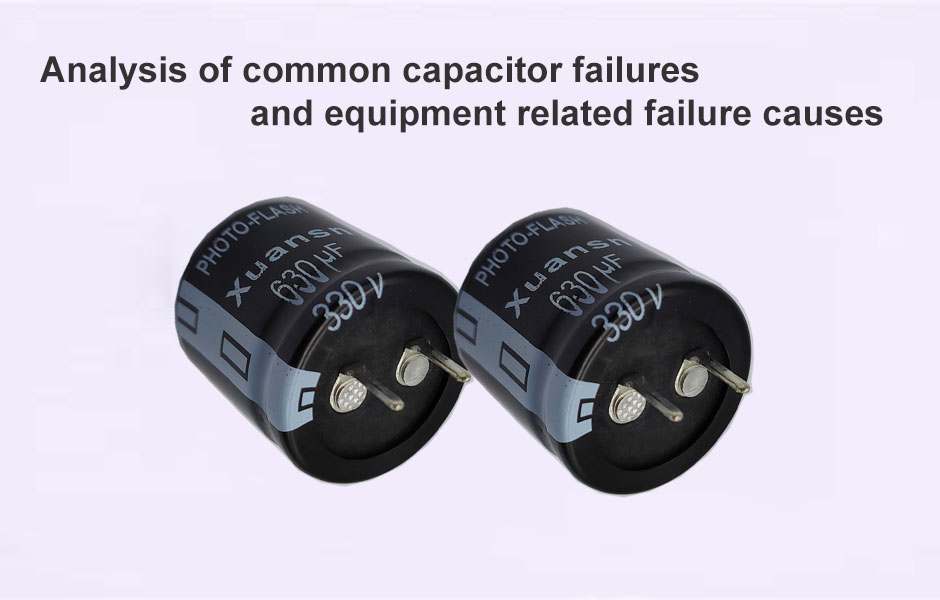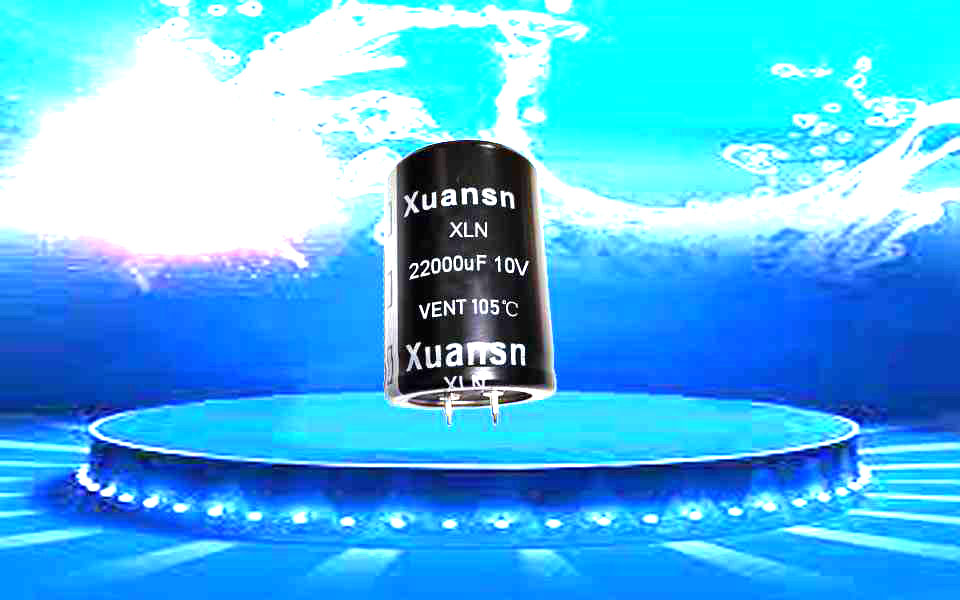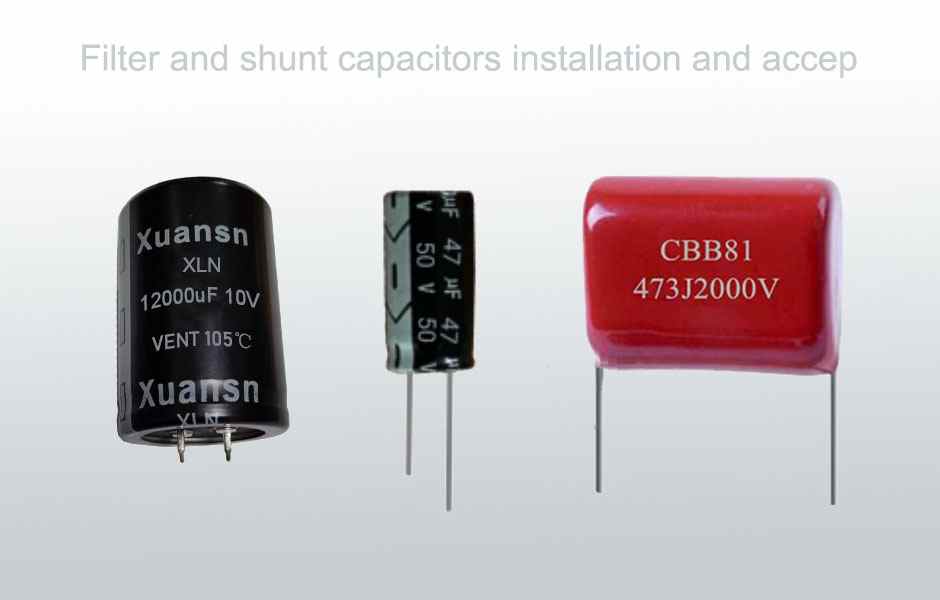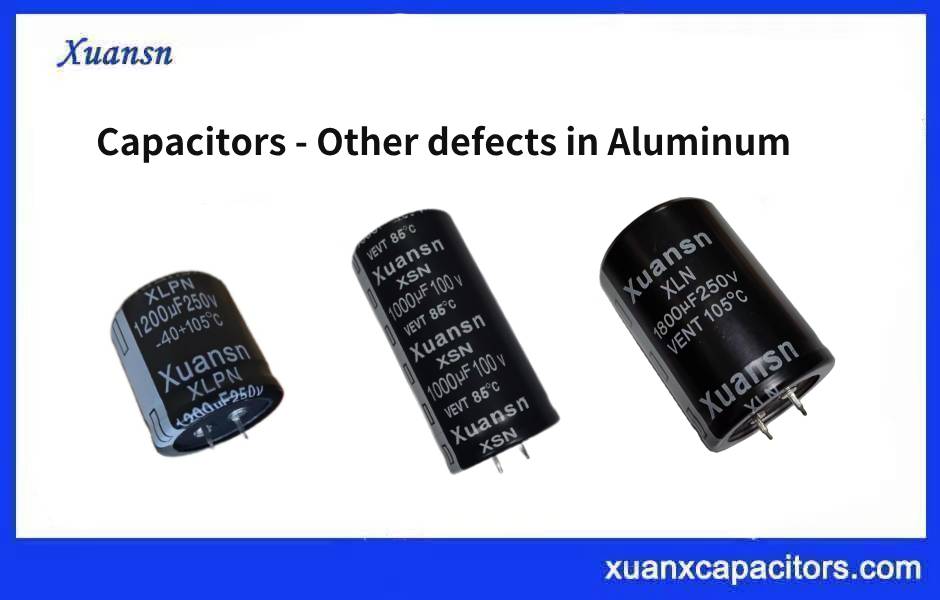Ceramic capacitors are also called porcelain dielectric capacitors or monolithic capacitors. As the name implies, porcelain dielectric capacitors are capacitors whose dielectric material is ceramic. The classification of ceramic capacitors is mainly based on the following materials:
- According to different ceramic materials, it can be divided into two types: low-frequency ceramic capacitors and high-frequency ceramic capacitors.
- According to the structure, it can be divided into wafer capacitors, tubular capacitors, rectangular capacitors, chip capacitors, feedthrough capacitors and so on.
- According to the use voltage, it can be divided into high voltage, medium voltage and low voltage ceramic capacitors.
- According to the temperature coefficient, the dielectric constant can be divided into negative temperature coefficient, positive temperature coefficient, zero temperature coefficient, high dielectric constant, low dielectric constant and so on. In addition, there are classification methods of type I, type II and type III.
Compared with other capacitors, general ceramic capacitors have the advantages of higher operating temperature, larger specific capacity, good humidity resistance, lower dielectric loss, and a larger temperature coefficient of capacitance. Widely used in electronic circuits, the amount is very considerable. Ceramic materials have excellent electrical, mechanical, thermal and other properties, and can be used as capacitor dielectrics, circuit boards and packaging materials, etc.
